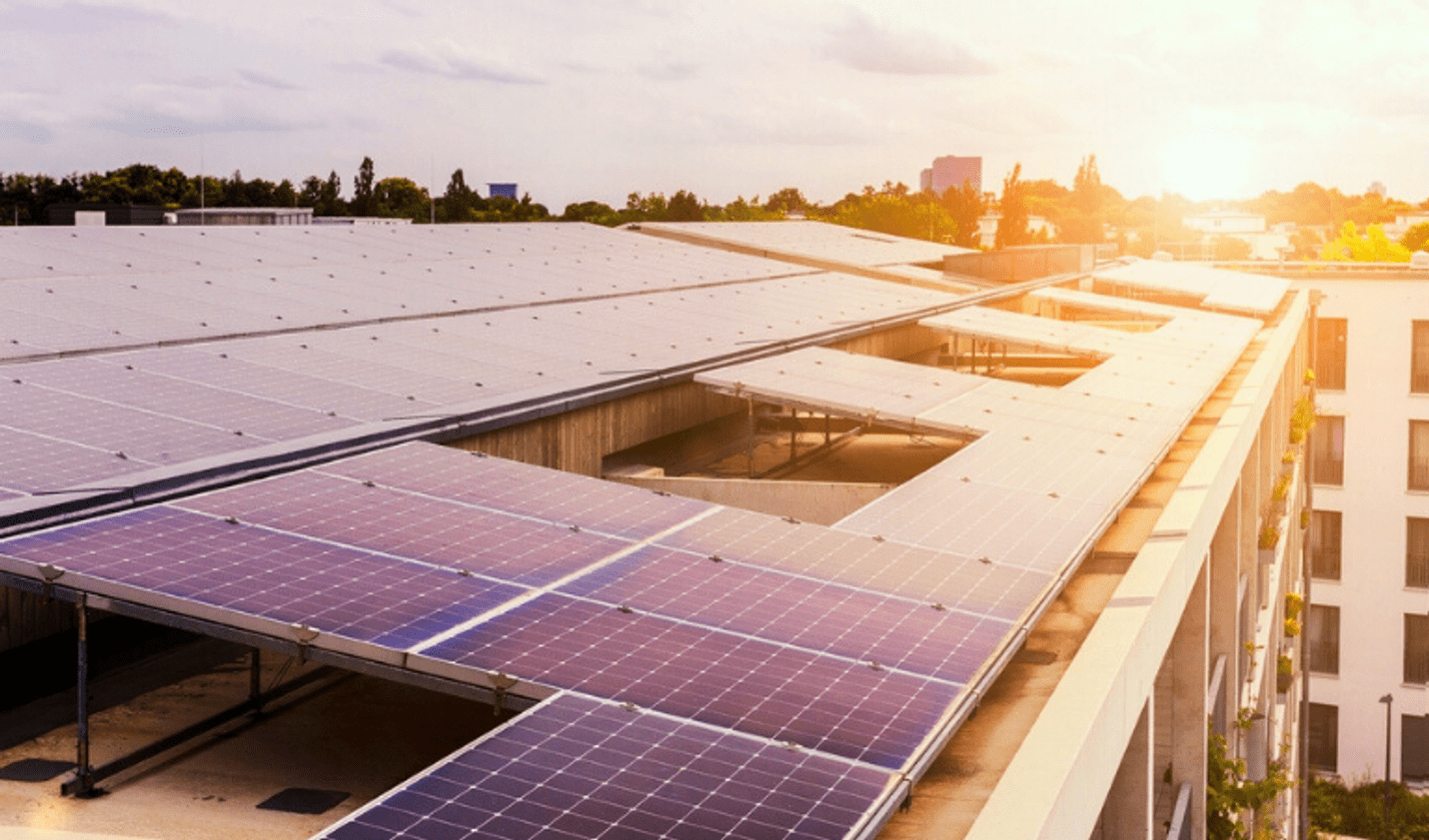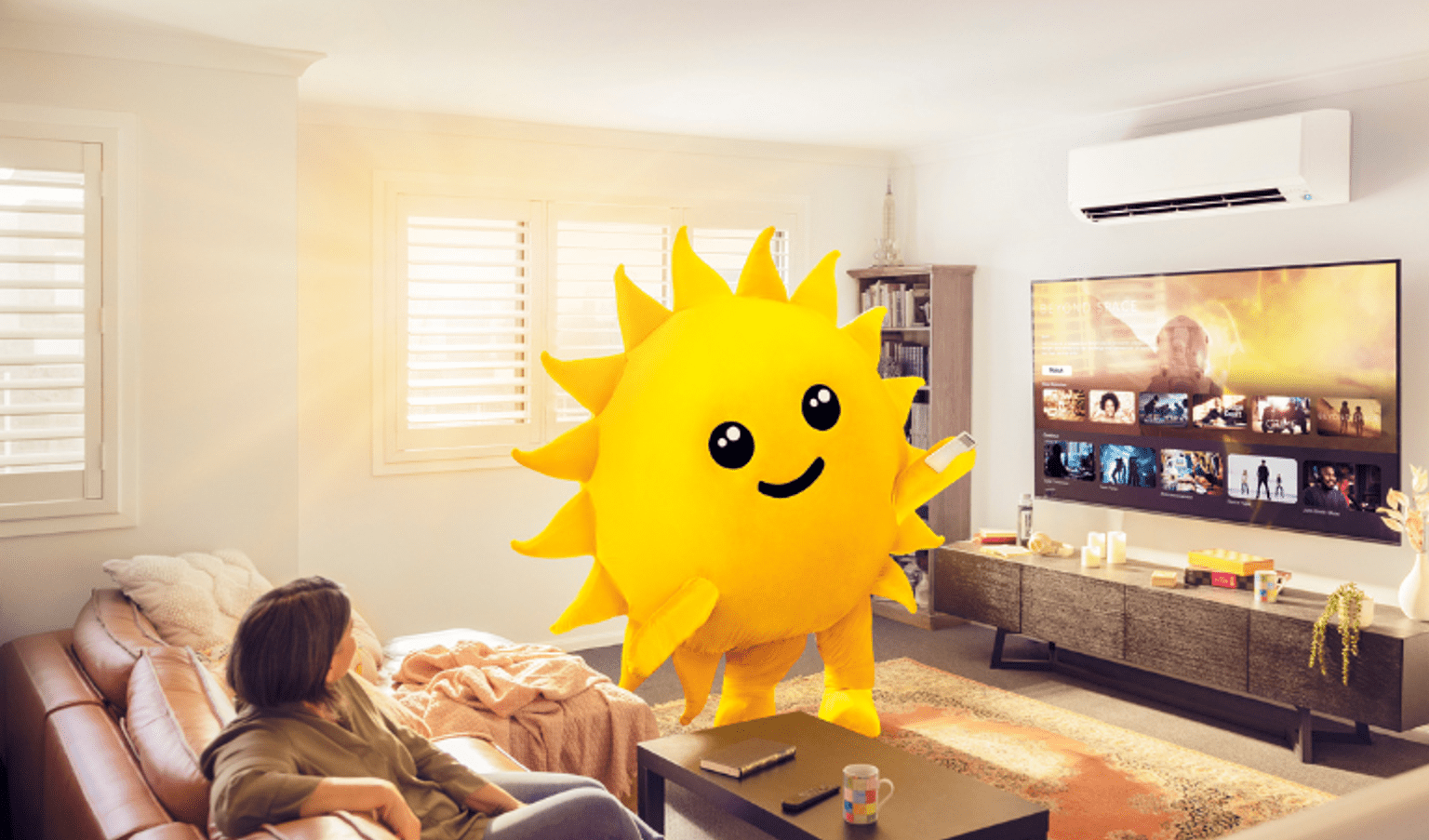Rooftops can be much higher and access to them can be more complex. There could also be architectural differences and traffic management considerations among other factors.
Types of systems
Eligible solar systems available through the Solar for Apartments Program. Include:
- Direct connected systems, where multiple individual solar (PV) systems are connected to individual lots.
- Solar sharing systems, where a single solar (PV) system equitably shares power to all connected lots.
There are benefits to all types of systems and all should be considered when installing solar (PV) on your apartment building. Depending on the system you choose, you may also need to arrange your feed-in-tariff with your Distribution Network Service Provider.
Direct connected systems
Direct connected systems are the same systems used on free-standing homes. These systems are most suitable for individually metered lots that have their own allocated roof space. Each have their own inverter so you can benefit from all the power generated. This means you can have your own solar system for your own home.
They have been in the market for a long time and the systems on Solar Victoria’s product list meet Australian regulatory standards. There is also a lot of independent information available to help you make an informed choice.
You can learn more about how they work in our Solar Panel (PV) buyers guide.
Solar sharing systems
If your apartment building has limited roof space you should consider solar sharing technology to meet your energy needs. Solar sharing systems are relatively new technology when compared to direct connected systems. Typically, solar sharing systems are controlled by algorithms and/or hardware that make sure everyone has equitable access to the energy generated by a shared array of solar panels. These systems may be suitable where it is difficult to allocate roof space to individual lots.
There are fewer varieties of these systems available in the market and retailers may require additional training to install them, however there are many certified installers already capable of delivering these systems. Some systems, but not all, may also have additional service charges after installation. If so, you should consider these as part of the total costs over the life of the system.
Where to learn more
The Yarra Energy Foundation have a comprehensive guide on solar options for your apartment building. It includes a step-by-step guide for installing solar for apartments, the types of systems to consider and how to seek owners corporation approval for your installation. This guide was developed through consultation with key stakeholders, including Solar Victoria, and funded through Sustainability Victoria. You can access the guide here. Not all options discussed in the guide are eligible under the Solar for Apartments Program.
Talk to a Solar Victoria authorised solar retailer to get the best advice for your specific situation. We recommend seeking at least three quotes from authorised solar retailers for a similar size system and reading product reviews online before deciding on a retailer. Before contacting a retailer, be sure to read questions you should ask your solar retailer and what to look for in your solar quote.
Solar Victoria’s Solar for Apartments Program is offering funding to eligible owner corporations on behalf of residents for eligible buildings in Victoria. For more information visit solar.vic.gov.au/apartments.
Updated




